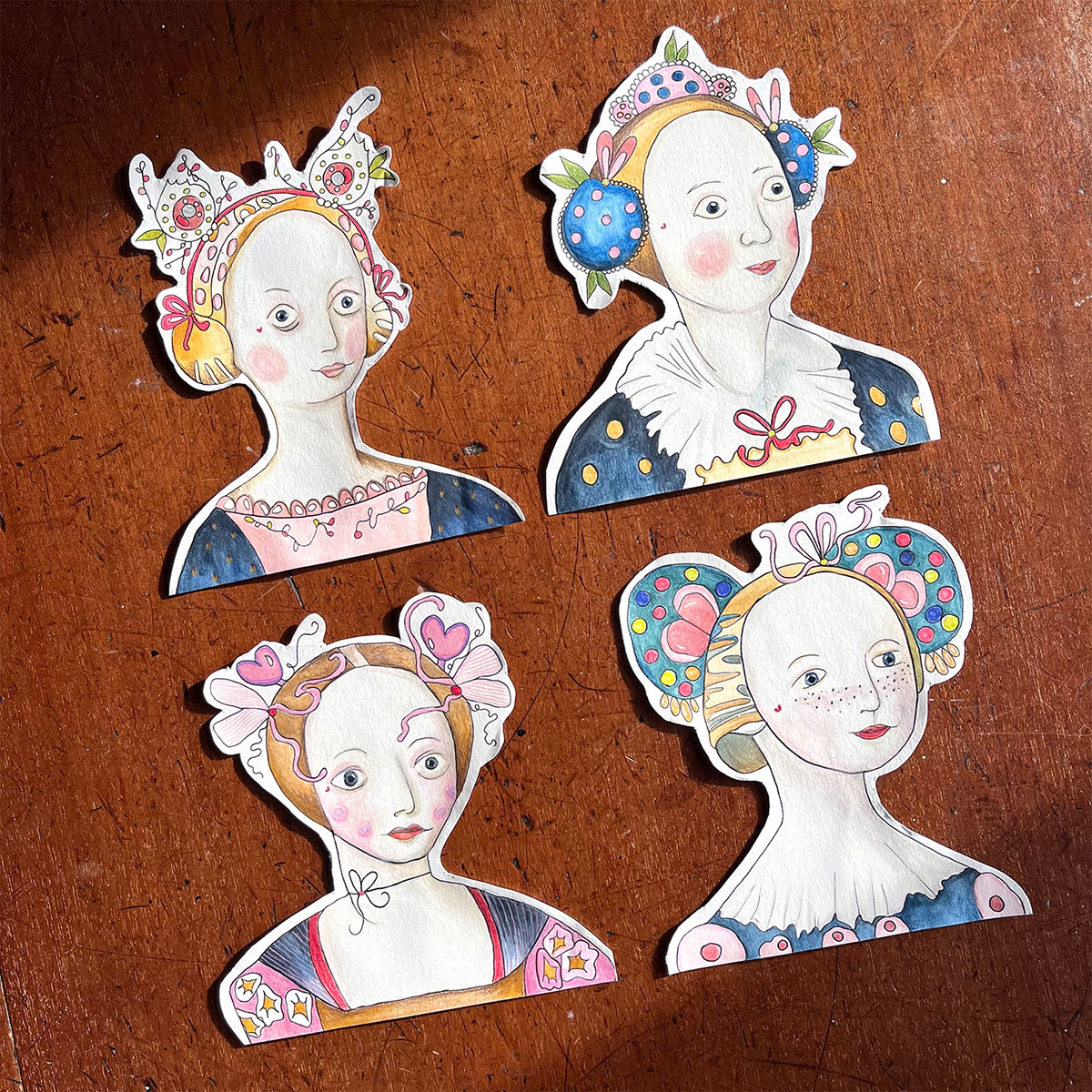Student Bursaries 2024
POSTGRADUATE WINNERS
Eleanor Hadfield
HISTORICAL COSTUME
Eleanor presented a detailed and compelling proposal based on her exploration of “working-class dress of coastal North Yorkshire and the reconstruction and (re-)interpretation of historical dress”. The panel were impressed with the way in which her research focuses on ordinary people whilst meeting head on the research challenge of finding physical examples of working and working-class garments less prevalent than fashionable dress.
The panel were excited by Eleanor’s decision to explore the practice of reconstruction as a research method, with particular focus on materials and construction, sewing and dressmaking. Her overall intention is to investigate and present her findings on the material literacy of working people, with special interest in the late-eighteenth, mid-nineteenth and early-twentieth centuries. Eleanor demonstrated an authoritative application with an excellent budget plan, and clear aims and objectives.
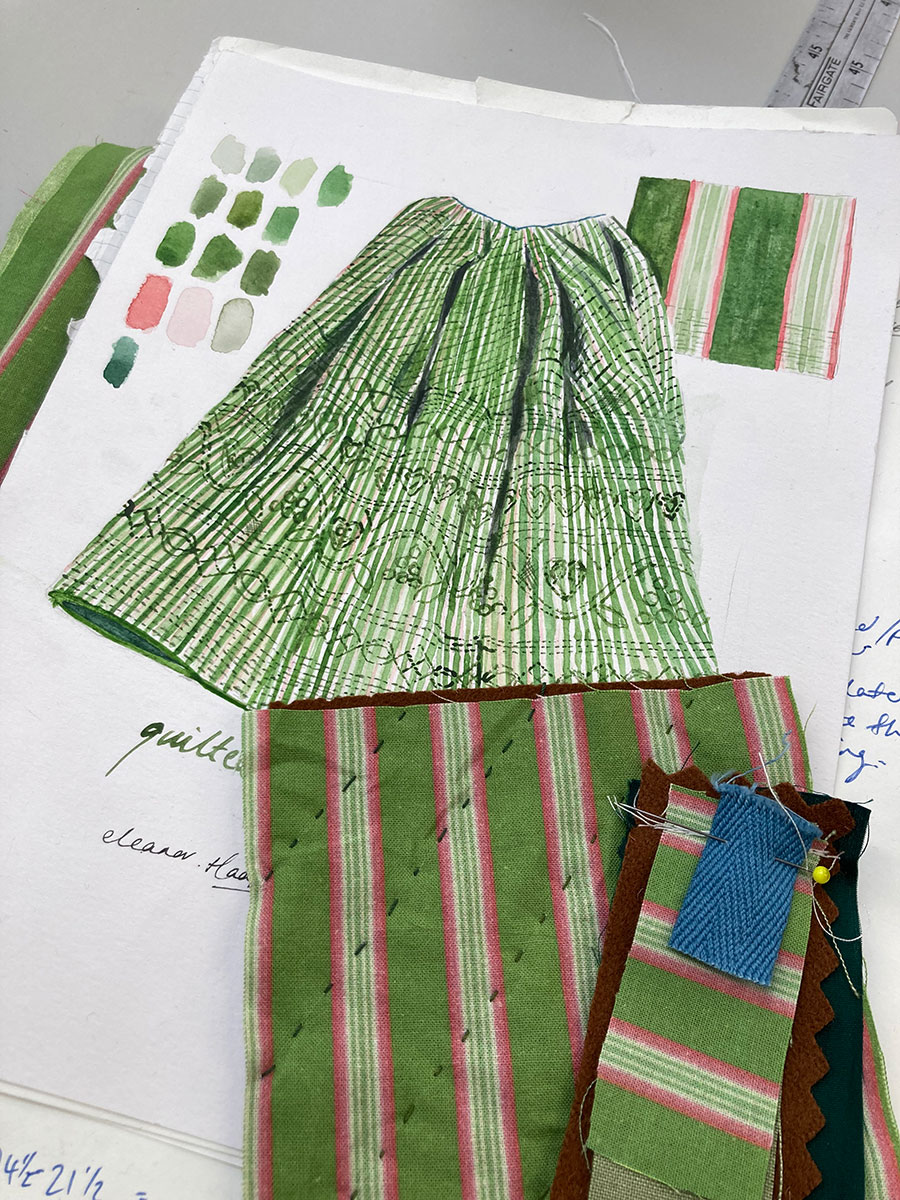
Louisa Muir-Little
TEXTURE PERCEPTION
Louisa’s project centred the link between architectural surfaces and knitted textures aiming to recreate architectural forms into tangible objects through the medium of textiles. Her aim is to encourage people to reconnect to their physical surroundings post COVID 19, and to encourage more playful, tactile interaction with our surroundings.
The panel were impressed with Louisa’s detailed research, documentation and design for health and wellbeing. Her application showed style underpinned by theory and sound research, supported by a clear budget plan for her final project. The panel encouraged Louisa’s plan to explore scale through technical sampling and the development of prototypes, and recognised her vision for textile-based product design in interiors.
Louisa’s studies are supported by the Coats Foundation Trust.
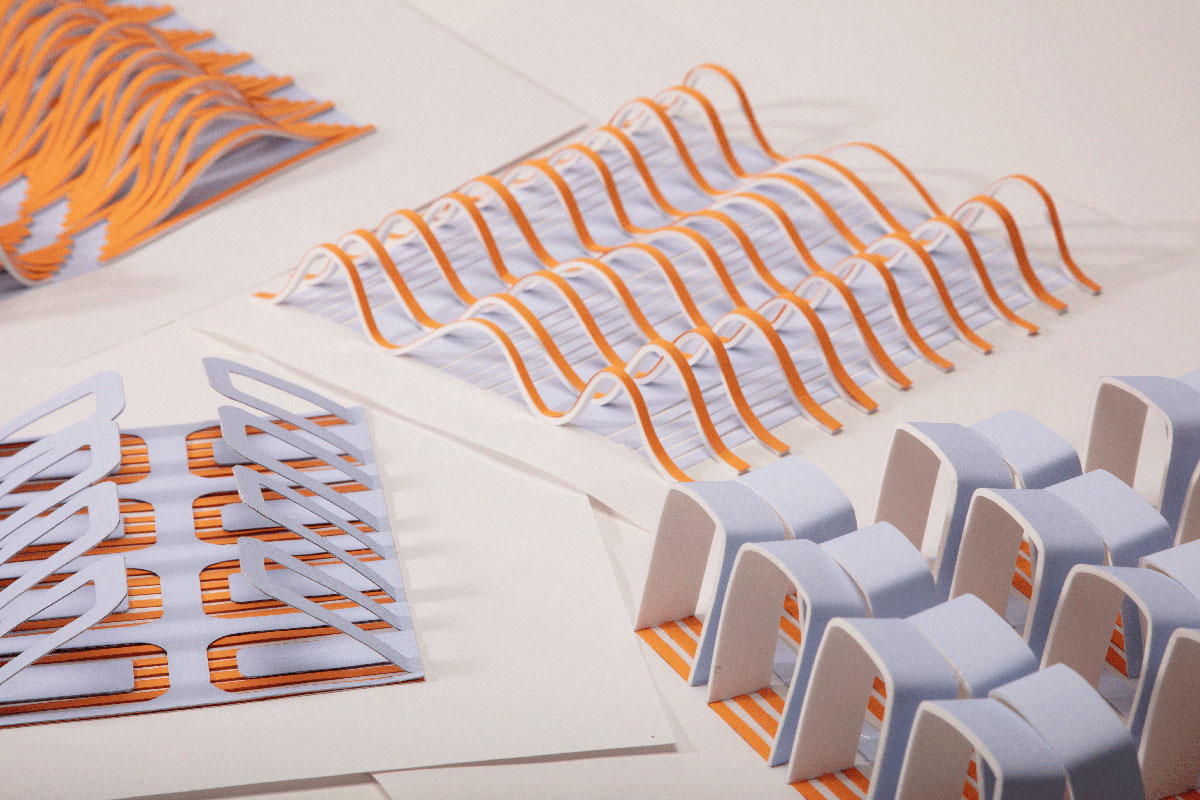
Shannon Swinburn
GIVE ME GUIDANCE
Shannon’s collection explored the contribution of women and textiles to the history of modern-day computing, in particular, the involvement of craftswomen during the development of the NASA Apollo missions. Their hand weaving of Core Rope Computer Memory modules – weaving binary code around a core or through a core – determined the representation of one or zero. This process contributed to the formation of the Guidance Computer that would ultimately take us to the moon.
The panel were impressed with Shannon’s creative and performative process-led work, with her use of sound symbolic of giving a voice to the under-heard women of computing and still under-valued field of textiles in the early NASA moon missions. The panel were excited by the visual impact of Shannon’s work, her use of links to Vimeo for sound effect work, and her clear vision of outcome and budget plan.
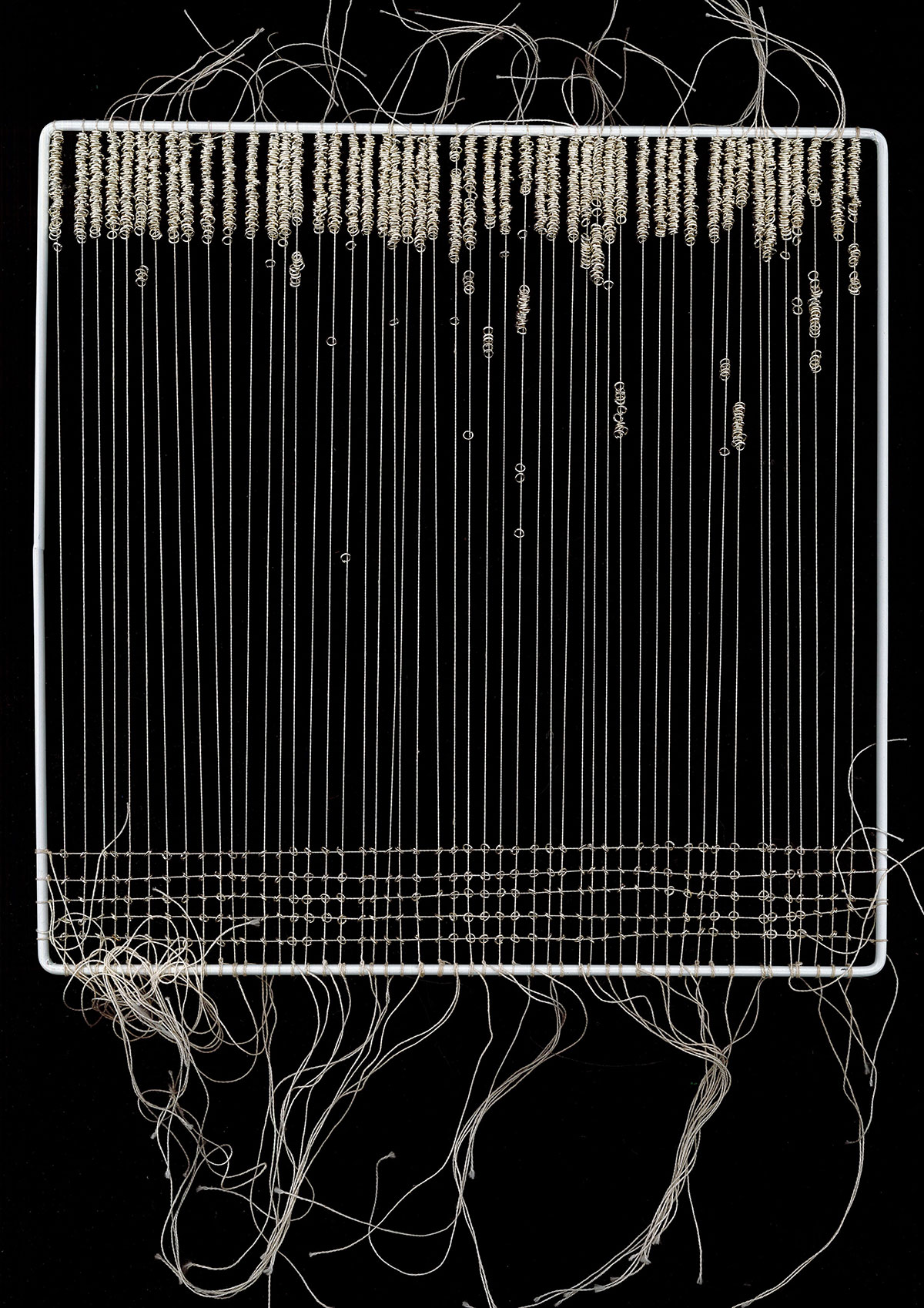
UNDERGRADUATE WINNERS
Kennard Bahar
SEMIOTICS OF SOUND
Kennard’s collection explored the idea of visualising everyday ‘ambient’ sounds and noises through weaving and coding, posing the design problem of how to translate intangible and abstract noises into tangible, physical forms. Inspired by Brian Eno’s research and ground breaking work in ambient composition, Kennard’s interesting collection included striking woven outcomes that achieved sound-absorbing qualities whilst being beautifully considered textile art where function married seamlessly with aesthetic.
The panel was very pleased to support such a resourceful approach, well-articulated costings and ambition to access a wider variety of looms and weaving equipment located in the Netherlands.
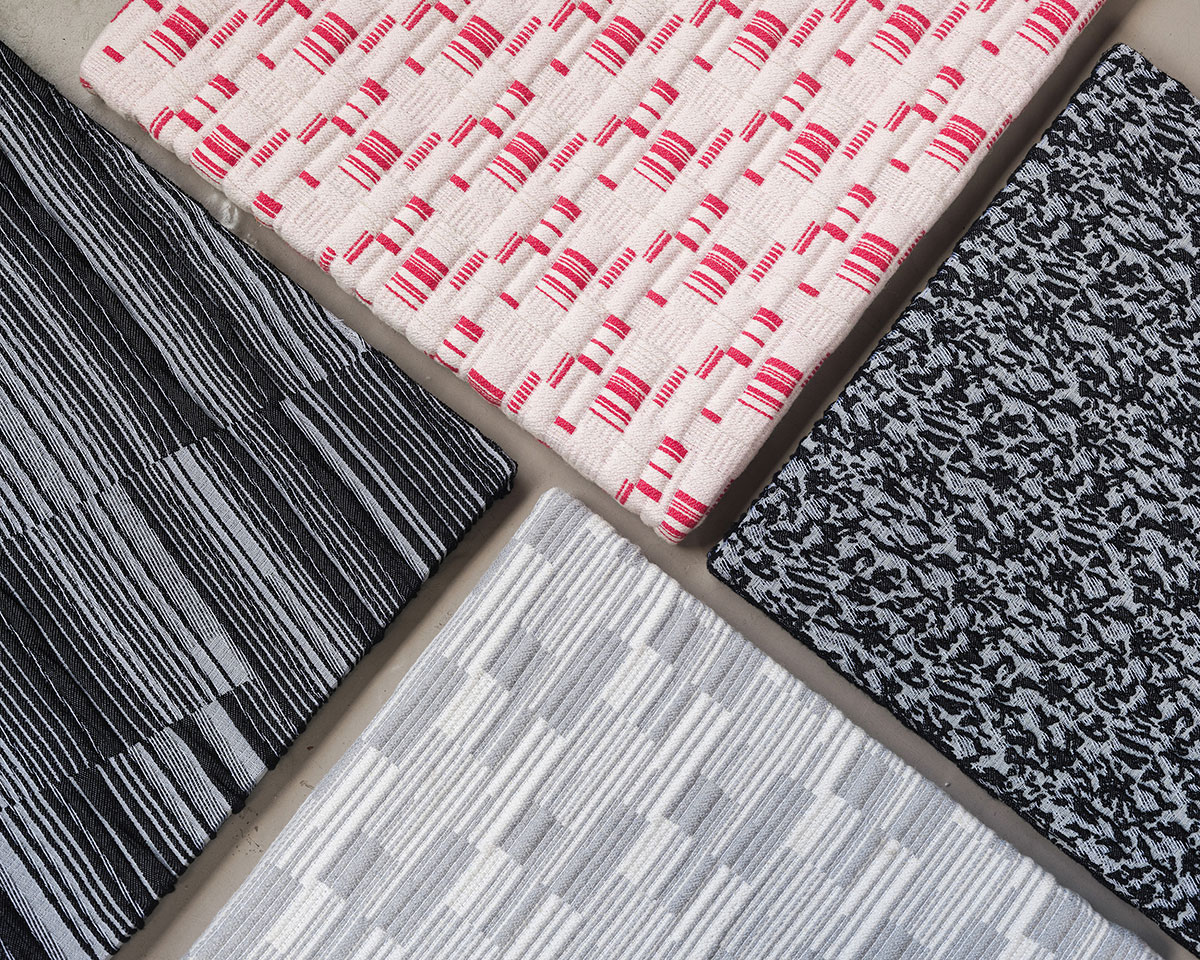
Jessica Fraser
PLATONIC HARMONY
Jessica’s collection of printed textiles for interiors explored and celebrated female friendships and platonic relationships. Her work showed strong technical control of screen-printed natural dyes on a range of natural fabrics and tapestry, and with an exquisite warm and comforting handle to her samples.
In an age of digital connection, the panel thought Jessica’s intention to explore natural materials, while emphasising the tangible and the importance of physical textiles, was timely and relevant. In addition, using her work to prompt conversations and reminiscences about the comfort we all derive from friendship and being in each other’s company was a joyful concept. Jessica’s project was well supported by historical and diverse sources of contextual and anthropological/social research.
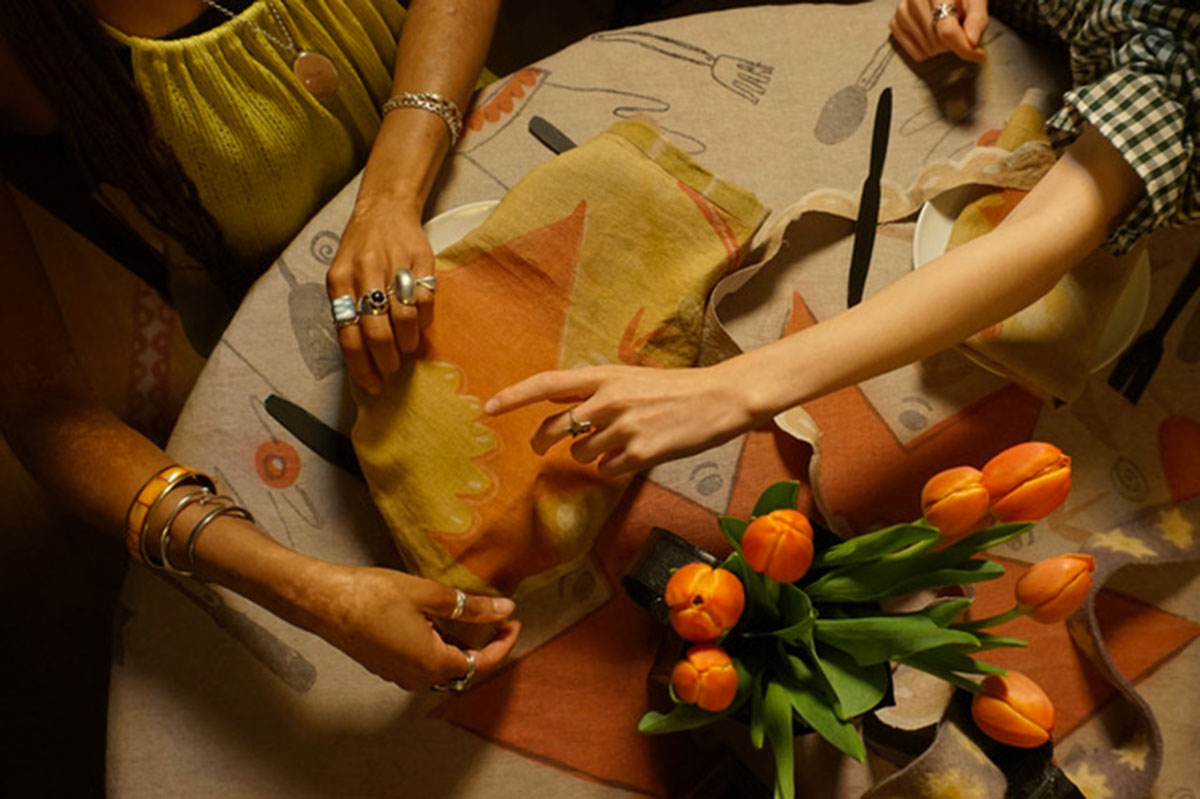
Jette Muus
THE IDYLL
Jette’s proposal focused on an artists’ colony in Worpswede, established around the turn of the 19th century in the “Teufelsmoor” (Devil’s moor) in Lower Saxony, Germany. Her work draws on historical sources and the lives of painters, illustrators and poets who settled in this rural setting, “creating artworks fuelled by the natural landscapes that surrounded them”.
Inspired by the dark and oily peat of the natural landscape, Jette’s work incorporates leather into knit, as both embellishment and structural support. Her approach to working with natural fibres and sourcing from deadstock is commendable. Jette’s application included a strong, well-planned budget, with clear evidence of how funding would support her ambitions and enhance her ability to maximise experimentation whilst celebrating her cultural background.
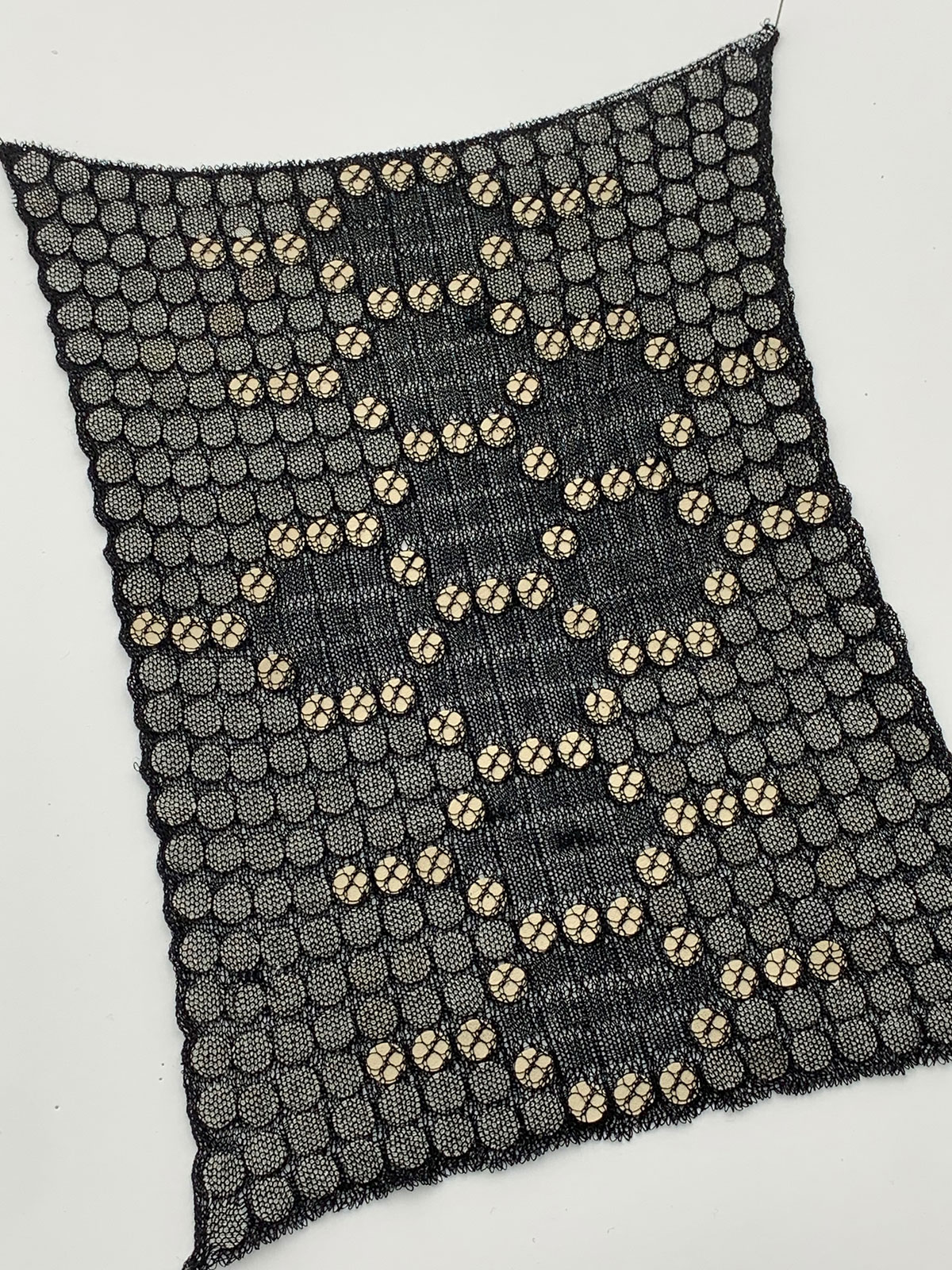
Megan Pettey
FROM THE ISLANDS TO THE LOWLANDS
Megan’s project was inspired by British rural life and the local farming and craft industries that support rural communities. The panel found the way in which Megan explored the history of heritage craft industries, and conveyed how the success or decline of these has shaped countryside life, to be poignantly handled in her research and sketchbooks.
Megan’s translation of the symbolism of “local craft extinction in an industrial age” into fashion fabrics, using ‘waste’ yarns, zero-waste embroidery and other techniques was delightful and skilful.
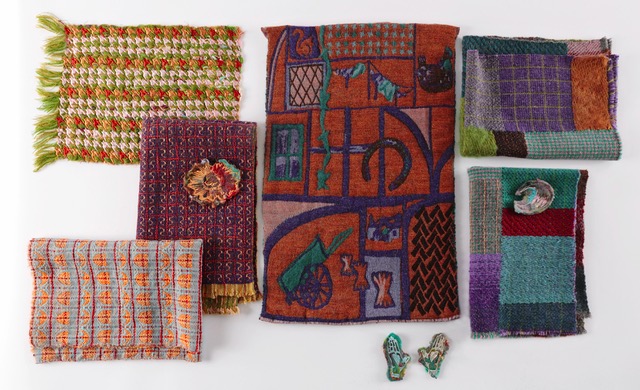
Lucy Vincent
MY FAIR LADIES
Lucy’s project ‘My Fair Ladies’ investigated the lives of medieval ladies-in-waiting, inspired by her passion for history. Her work explores the potential for the imaginations that children possess and a love of storytelling. The panel were enchanted by Lucy’s highly creative and exuberant approach and her wonderful drawing – the cornerstone of the textile design process.
The judges acknowledged Lucy’s accomplished pattern design, and found her moving portrait animations exciting (possessing a similarly cheeky attitude to the musical Six). Her proposal, and aim to create a highly effective design collection of interior and gift designs, presented in an immersive space with musical accompaniment, was well thought out and clearly budgeted.
